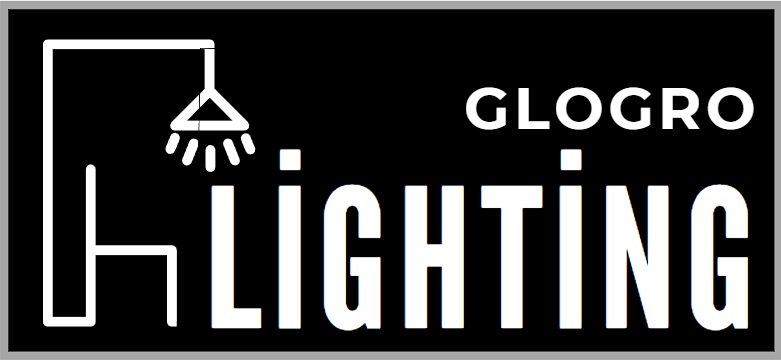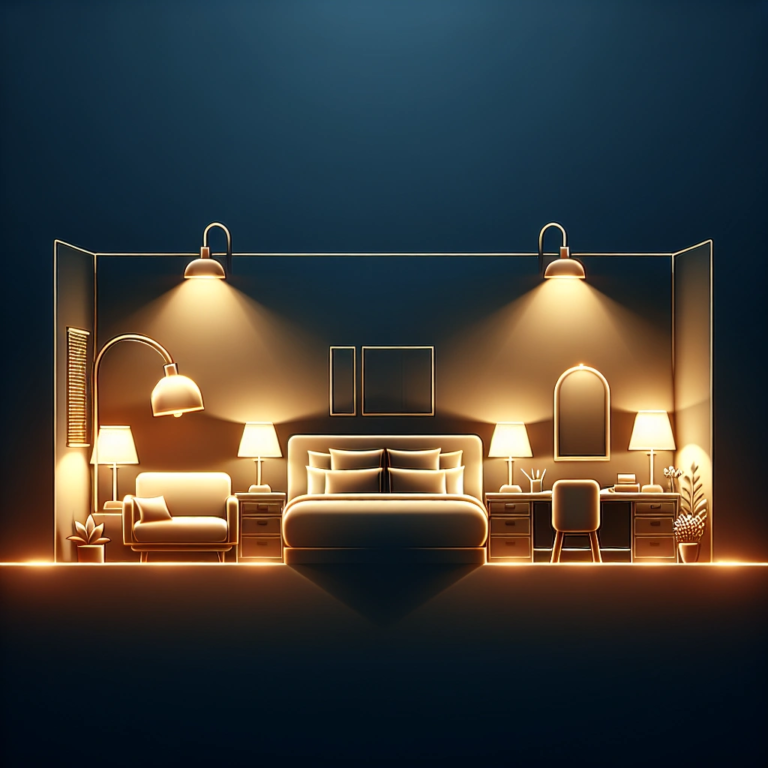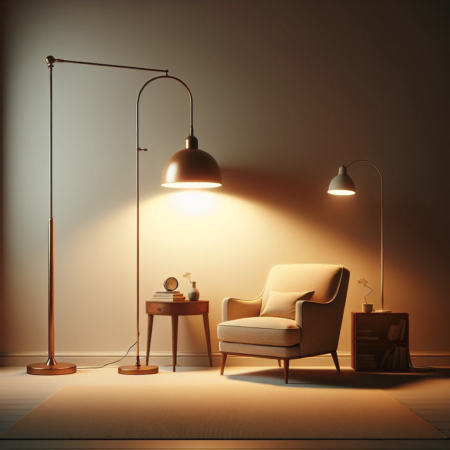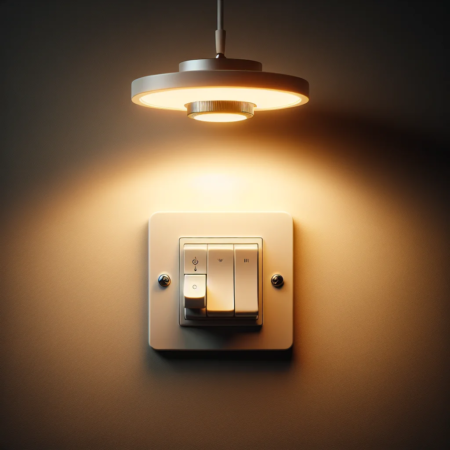Contents
The History of Hotel Lighting
During the early days of hotel design, lighting fixtures were primarily functional, providing illumination in common areas and guest rooms. The fixtures were often basic and focused on practicality rather than aesthetics.
With the evolution of hotel interior design, the hospitality industry realized the importance of creating a unique and welcoming ambiance to enhance guest experience. This paradigm shift led to a significant transformation in hotel lighting fixtures, with a growing emphasis on creating visually appealing and mood-enhancing lighting concepts.
Hotels started incorporating various lighting elements such as chandeliers, wall sconces, and ambient lighting to create a luxurious and inviting atmosphere for their guests. The idea was to make the guests feel comfortable, relaxed, and immersed in an atmosphere of sophistication and elegance.
The influence of technology on hotel lighting has been substantial. With the emergence of LED technology, hotels have been able to revolutionize their lighting systems to be more energy-efficient, customizable, and aesthetically pleasing.
LED lighting innovations have provided hoteliers with the ability to create visually stunning spaces that leave a lasting impression on guests while reducing energy costs.
Additionally, hotels are now embracing warm and inviting ambient lighting, biophilic lighting design, and customizable lighting concepts to create a cohesive and immersive atmosphere for their guests. This innovation in hospitality design has become a key focus for hoteliers, as lighting is proven to impact people’s behaviors, emotions, and even productivity levels during their stay.
The history of hotel lighting has seen a remarkable evolution, from basic functional fixtures to sophisticated and visually appealing lighting concepts. Technology has played a pivotal role in shaping the modern hotel lighting landscape, allowing for energy-efficient and customizable lighting solutions that enhance the overall guest experience.
Why Do Hotels Not Have Ceiling Lights
Hotels use a variety of lighting options to create a comfortable and welcoming ambiance for their guests. The absence of ceiling lights in hotel rooms can be attributed to several factors that contribute to enhancing the overall guest experience and satisfaction.
Accessibility of wall-mounted fixtures
Wall-mounted fixtures offer hotels the ability to control the positioning and direction of light to cater to the specific needs and preferences of guests. These fixtures can be strategically placed to provide ambient, accent, or task lighting, allowing hotels to adapt to different lighting requirements based on guest preferences.
Flexibility of portable lamps
The availability of portable lamps in hotel rooms grants guests the freedom to customize their lighting experience as per their individual needs. Portable lamps, such as desk and floor lamps, allow guests to easily adjust the positioning and intensity of light, offering a sense of control over their environment.
Cost-effectiveness of individual fixtures
Hotels often opt for individual lighting fixtures, such as wall-mounted and portable lamps, as they provide a cost-effective lighting solution. By utilizing these individual fixtures, hotels can efficiently manage and maintain their lighting systems while catering to the diverse lighting needs of their guests.
Guest comfort and preferences
The choice of wall-mounted and portable lamps over ceiling lights aligns with the focus on guest comfort and personalized experiences. Guests appreciate the ability to customize their lighting environment to create a cozy and inviting atmosphere, enhancing their overall comfort and satisfaction during their stay.
Influence of construction methods on lighting options
The construction methods and design concepts employed in hotel room layouts prioritize the use of wall-mounted and portable lighting fixtures. These fixtures seamlessly integrate into the room’s aesthetics and functionality, aligning with the overall design vision while offering practical lighting solutions.
This comprehensive approach to hotel lighting underscores the importance of providing guests with customizable and comfortable lighting options that cater to their varying preferences and contribute to a memorable and enjoyable stay.
The prevalence of wall-mounted fixtures over ceiling lights in hotel rooms can be attributed to several factors. Ease of maintenance is a prime consideration, with wall-mounted fixtures proving more accessible for upkeep and repairs.
This approach also offers flexibility, as portable lamps can be rearranged to cater to guests’ differing needs. Cost-effectiveness is another crucial aspect, as individual fixtures are cheaper to install and replace than ceiling lights.
Furthermore, the absence of ceiling lights aligns with the goal of enhancing guest comfort and preferences, ensuring that the lighting can be adjusted according to their specific needs and moods. Notably, LED lighting enables hotels to promote safety and security, while also contributing to improved guest satisfaction.
Lighting design in hospitality plays a pivotal role in influencing the mood, perception, and comfort levels of guests. Well-designed lighting can notably affect the quality of sleep, overall well-being, and guest satisfaction.
As such, it is imperative for hotel guests to feel relaxed and comfortable, with the ability to control the lighting to meet their individual preferences.
Looking towards the future, 2024 is projected to witness a variety of hotel lighting trends. These include adapting to the millennial trend, with tech-savvy consumers seeking personalized interactions and novel experiences.
Additionally, advancements in technology and innovative lighting solutions are enabling the creation of lights in diverse forms and styles, incorporating efficient and sustainable elements. Furthermore, ongoing trends in hospitality lighting design are expected to focus on the ‘Green Movement’, emphasizing sustainability and environmental responsibility.
In essence, the shift away from ceiling lights in hotel rooms can be associated with a combination of factors, ranging from practical considerations like maintenance and cost-effectiveness, to the prioritization of guest comfort and evolving trends in lighting technology. This multifaceted approach seeks to enhance the overall guest experience while embracing future-focused solutions in hotel lighting design.





